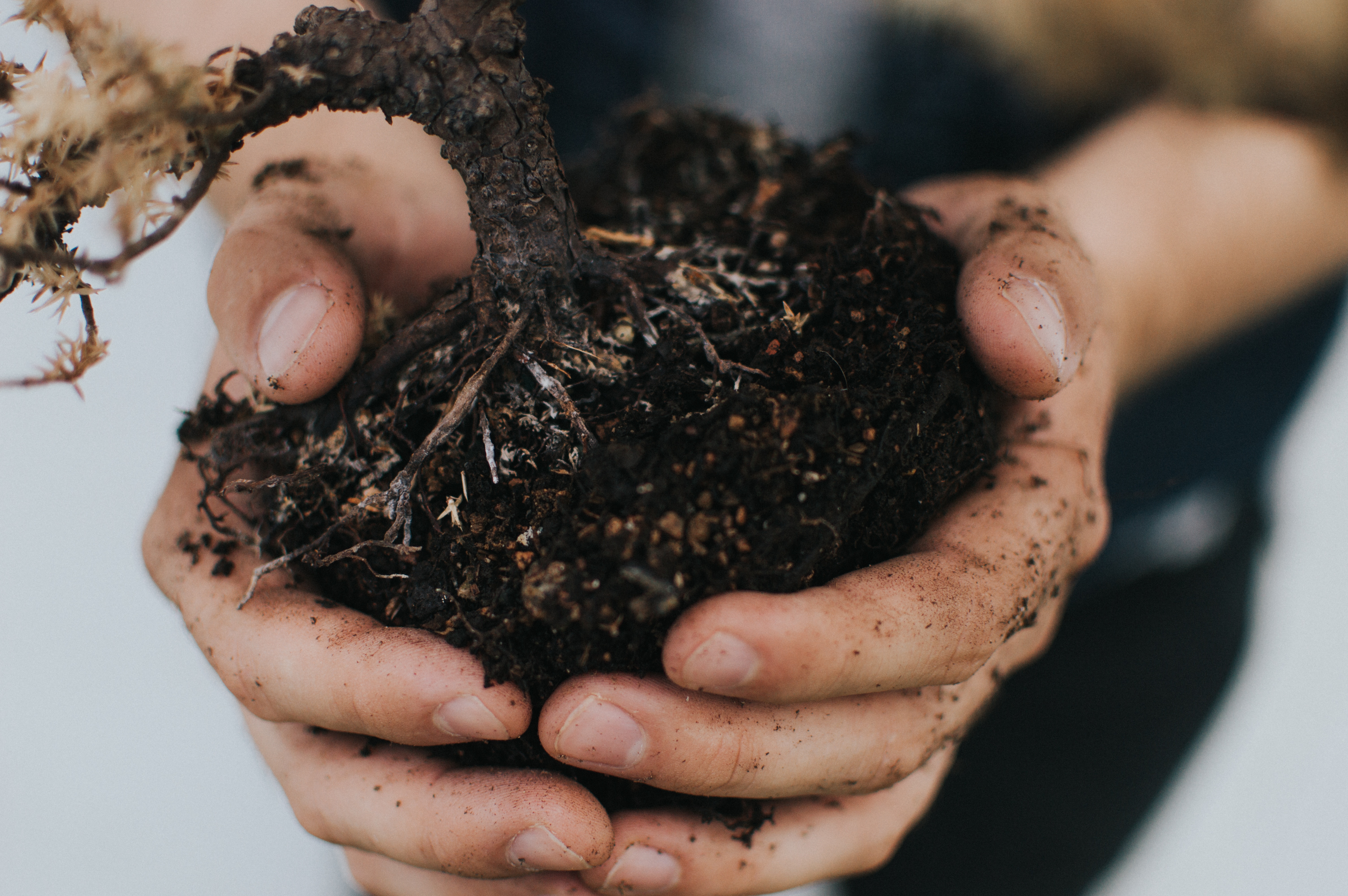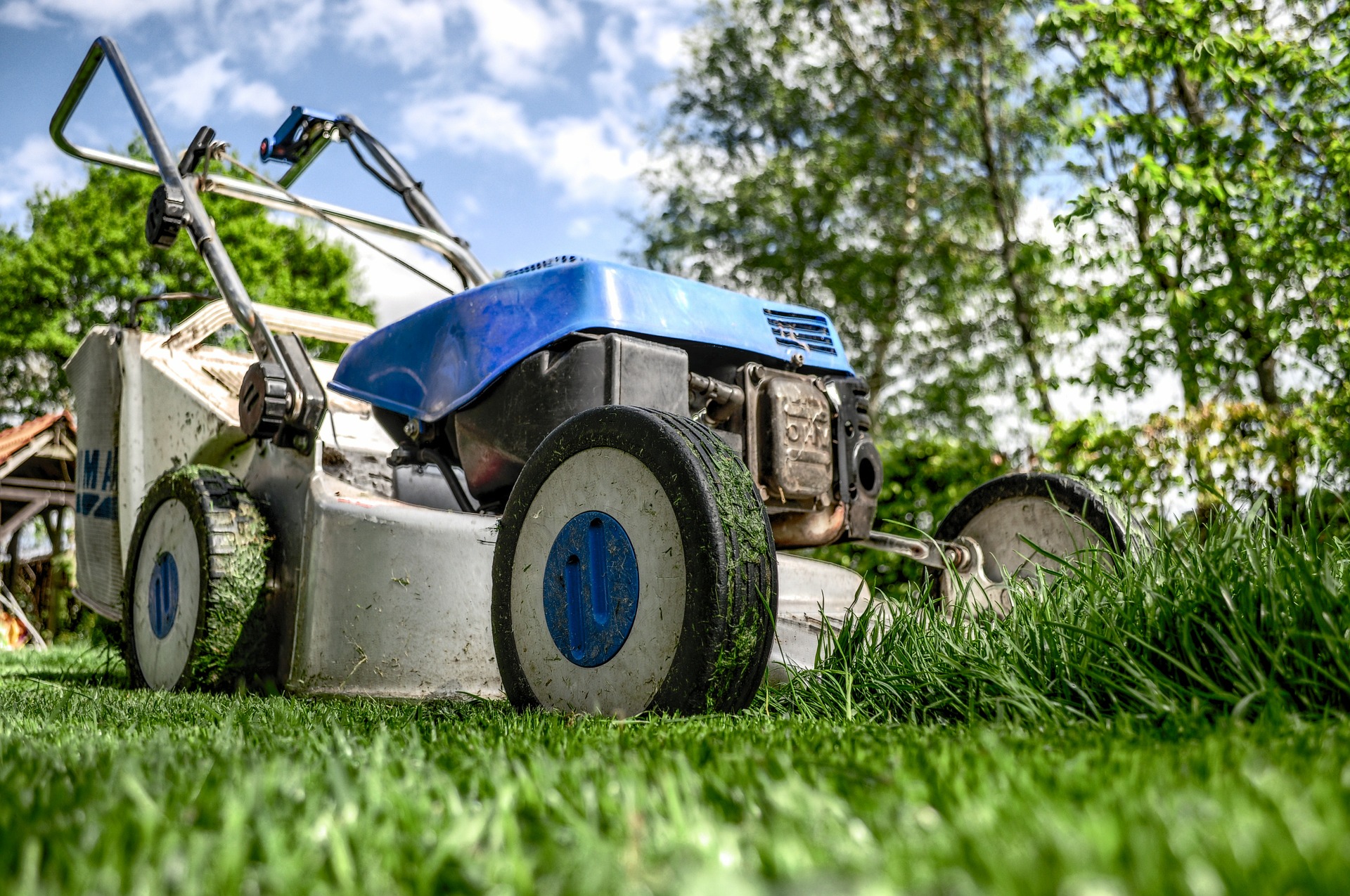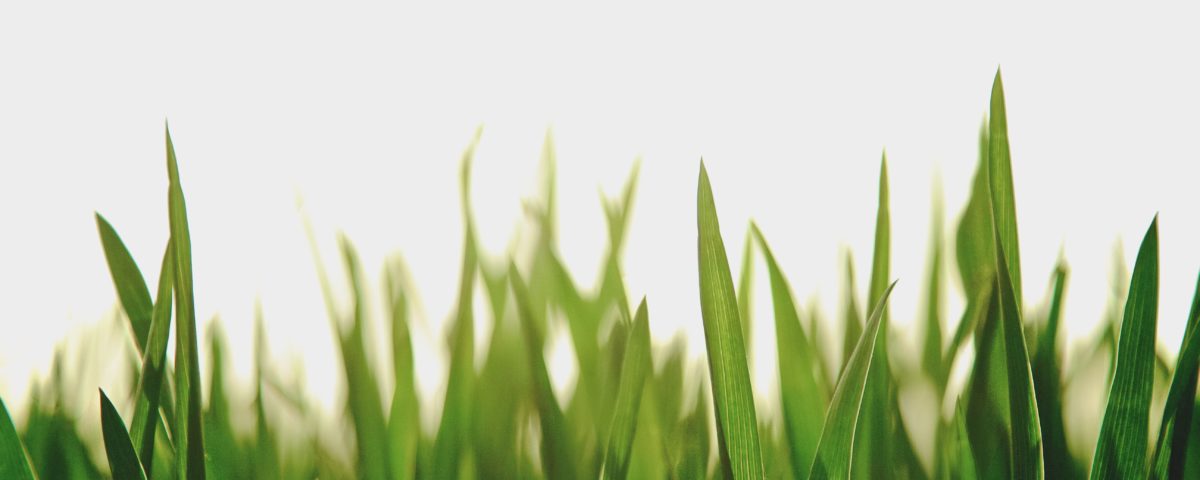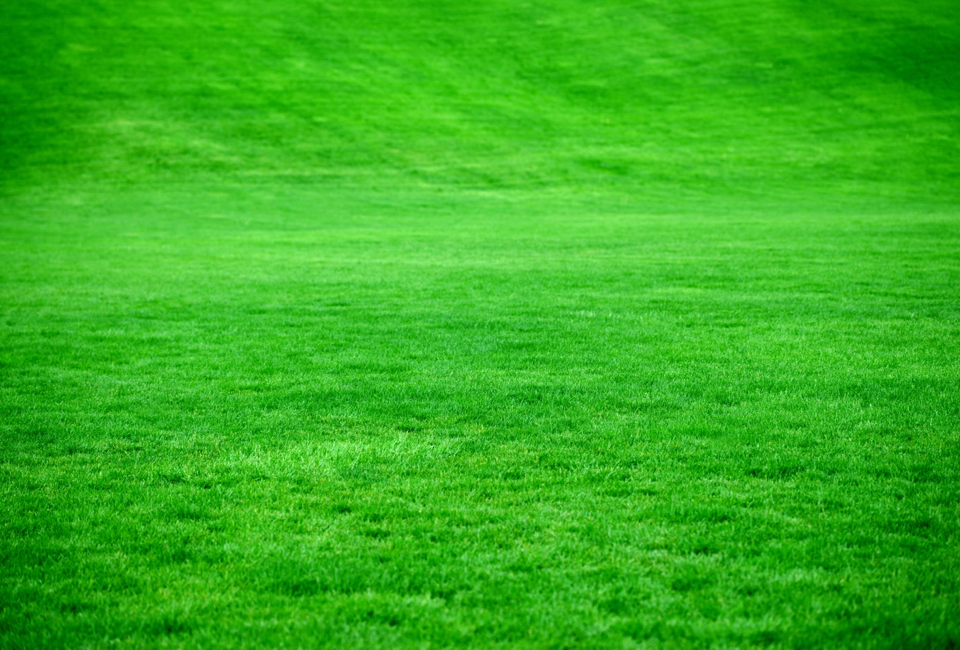
5 Easy Landscaping Tips for Beginners
October 8, 2020
Why You Should Mow Your Lawn Weekly
October 10, 2020As a landscaper, it’s up to you to seek out new knowledge and information that will help you achieve the best results on your property. That means learning about some of the common problems that impact landscapes and lawns on a regular basis. Without the right information, you will never be able to take your outdoor space to where you want it to be. One of the more common landscaping issues that affect grass is thatch. It’s a problem that can completely derail your lawn goals and end up causing serious issues if you don’t approach it the right way.
If you aren’t familiar with the term thatch or why it’s important to take care of quickly, this article is for you. Below, you will find an in-depth explanation of what thatch is, why you should deal with it quickly, and how to approach dethatching your lawn. This article is brought to you by Cal Blend Soils, the leading supplier of landscaping products in the California area. Reach out to Cal Blend Soils today to learn more about our great landscaping supplies and how they can help you achieve your landscaping goals.
What is Thatch
Whenever you look at the cross-section between the soil and grassroots, there’s typically a layer of organic debris between them. That’s exactly what thatch is, a mix of dead and living plant material that forms at the base of your grass. Thatch typically consists of things like grass clippings, dead leaves, and other organic matter. When your lawn is healthy, a small layer of thatch will decompose quickly and not cause any issues for your landscaping. However, if the buildup of thatch is growing faster than your grass can break it down, you might run into serious problems.
Thatch that builds up in a thin layer, less than ½ inch thick, can actually be a good thing for the overall health of your lawn. Since it is an organic material, it can add nutrients into the soil as it decomposes and allows water and air to penetrate the soil and reach the roots of your grass. However, when thatch starts to grow into a thick layer, it causes big problems for the health of your grass. For example, it can block the water and fertilizer from reaching the roots of your grass. Additionally, it can make your grass more vulnerable to things like lawn disease, pests, and drought. These are issues that can cause permanent damage to your lawn and are quite difficult to deal with if you let them get out of hand. That’s why you should consider dethatching your lawn if you think things are getting out of hand.
When Should You Dethatch Your Lawn?
Now that we know a little more about what thatch is and why it can be a big problem for landscapers to deal with, let’s discuss the right time to dethatch your lawn. First, you should consistently check your lawn’s layer of thatch so that you know exactly how much has built up before you take action. Use a spade to dig up a small portion of your lawn grass and soil to see how large the layer of thatch is. If it is 1-2 inches or more, the chances are good you will need to dethatch it. When the thatch builds up in such a thick layer, it usually causes your grass to be discolored or to experience thin growth.
After you realize that it’s time to dethatch, you should plan the right time to handle the task. The best time to dethatch your lawn is during the peak growing season of your grass. That way, your grass will have the best conditions to recover after you dethatch. A lot depends on what type of grass you have on your property. For example, if you have warm-season grass, you should consider dethatching it during the spring and early summer so that it can recover at full strength. Cool-season grasses should be dethatched in late summer or early fall. The goal is to avoid dethatching your lawn when it is dormant or in a stressed state, as this can cause permanent damage.
How Can You Dethatch Your Lawn?
If you are ready to dethatch your lawn, there are several different approaches you can take towards getting rid of the extra thick layer of thatch. Manual dethatching is an option, and you can use a special rake to pull up the thatch as your rake. This is the best approach for dethatching small lawns or light thatch. Power rakes are another option for landscapers that are dealing with thin layers of thatch and hearty grass that can hold up well against heavy raking. Finally, vertical mowers are an option for the most extreme cases of thatch. If you are feeling overwhelmed at the task of dethatching your lawn or you are afraid you will damage your lawn permanently, you can always hire a professional lawn maintenance team to get the job done for you.
After you have dethatched your lawn, there are a few final steps you might want to take to ensure that it comes back strong. You can consider overseeding your lawn and commit to a routine of testing your lawn’s soil on a regular basis to keep your lawn healthy and able to deal with thatch going forward. Aerating is another good option that will encourage your lawn to grow strong roots and help it deal with thatch over time. The bottom line is that lawn maintenance is a series of small tasks that pay off in a big way over time, so keep that in mind if you are hesitant to head outside and work on your lawn.
Final Thoughts
Thatch is a common occurrence in most landscapes, but when things get out of hand, it can be a truly serious issue. Hopefully, this article has helped you learn a lot about how to approach dealing with thatch going forward.


